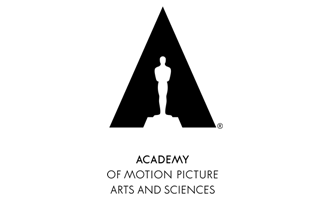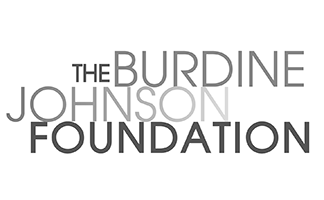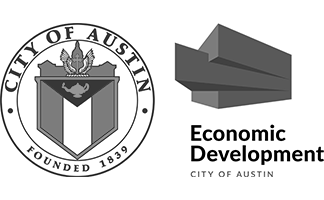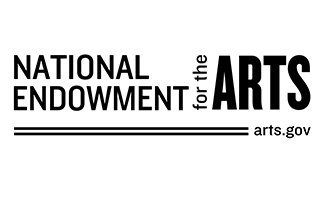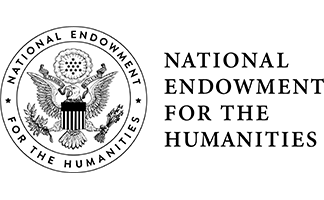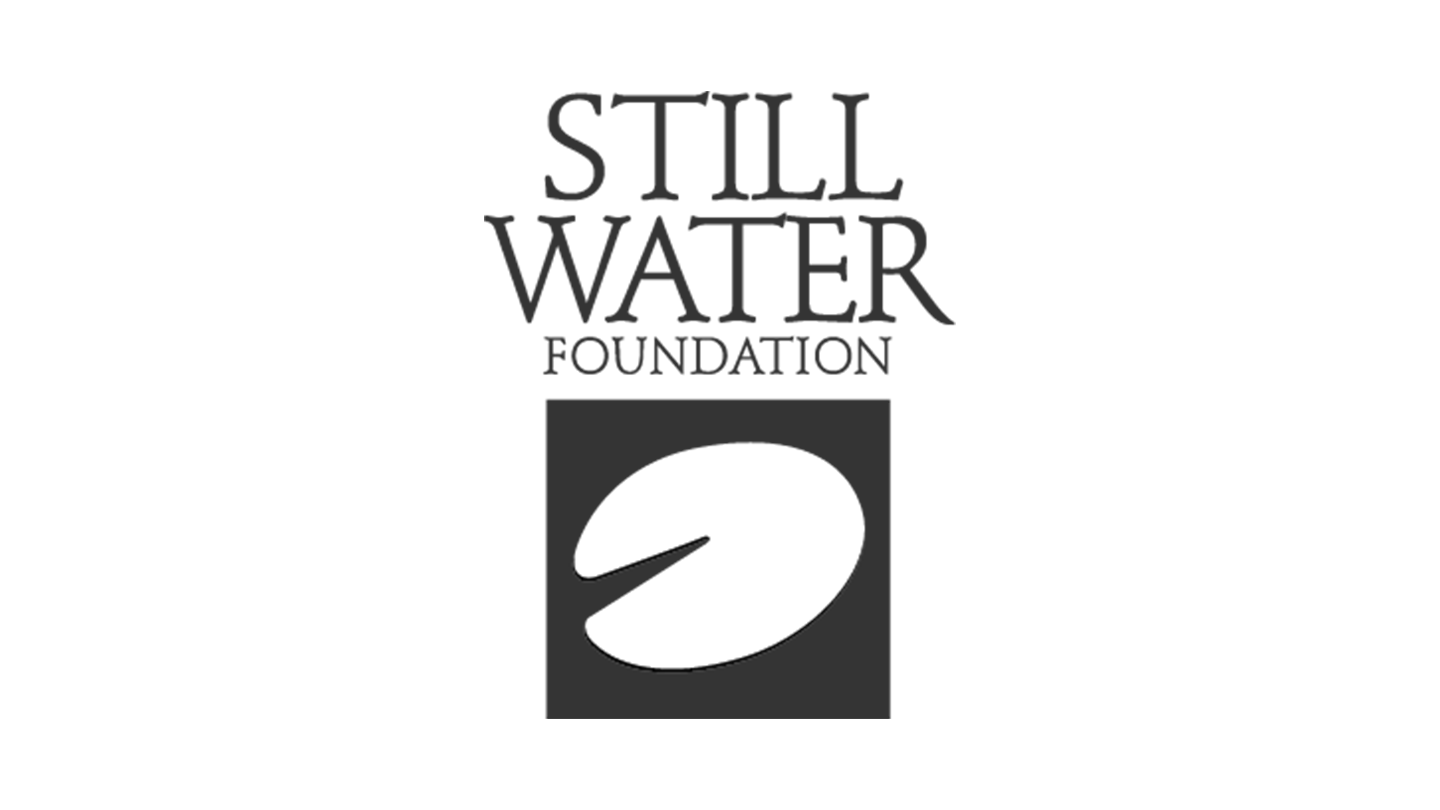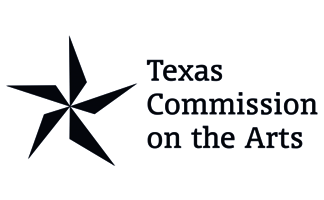A CONVERSATION WITH ABOOZAR AMINI, DIRECTOR OF KABUL, CITY IN THE WIND—PART OF AFS’S DOC DAYS
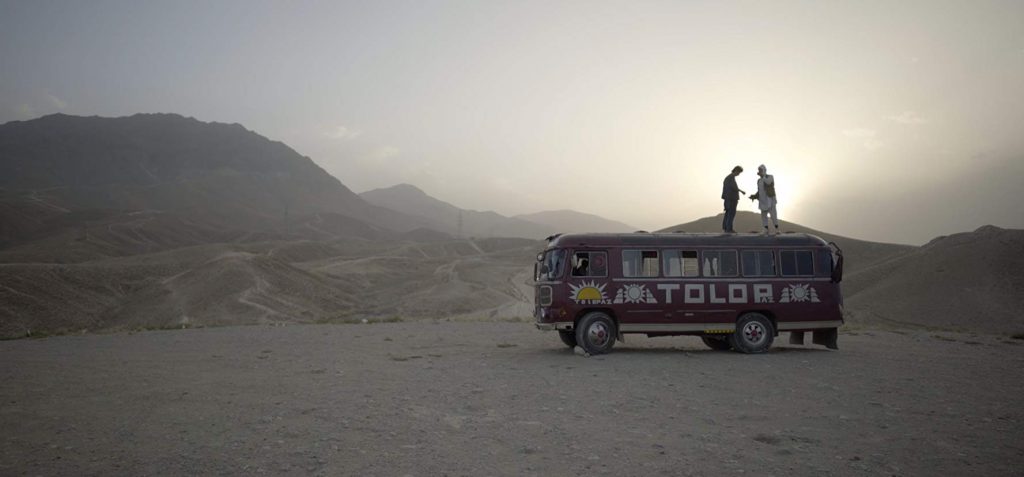
KABUL, CITY IN THE WIND screens tomorrow, Saturday, June 1 at 1PM, part of the Doc Days festival at the AFS Cinema this weekend. It is the first feature film from Aboozar Amini, a Dutch-Afghan director. He left Afghanistan at the age of 14 at the outset of the U.S. war there and now lives in Amsterdam. KABUL opened the International Documentary Film Festival Amsterdam (IDFA) in November where it won a Special Jury Award. Our Doc Days co-programmer Todd Savage caught up with Amini recently to talk about the making of the film. The following is an edited transcript:
What was the origin of the film, and what was your intention at the outset?
The basic intention was to give a realistic image of life today in Kabul, to tackle all the cliché, stereotyped images we know about Afghanistan and at least for once to let the people tell the story. Let’s focus on the life of the people, not all the big overarching topics in the mass media we know about Afghanistan. Those are quite misguided. Once it comes to the humanity and to the dignity of people it becomes readable for whoever on this planet, so that was the basic idea. There are many people in Kabul, many filmmakers, especially young ones of my generation, who are pretty tired about the films made in Afghanistan in the past 17 years, with prefixed perceptions, prefixed agendas. So, they want to take the microphone themselves for once and tell the story.
Before you came to shoot, you’d been back to Kabul a number of times. How was the experience to return to your home country?
I left right when America attacked Afghanistan. It was in 2009 when I went back for the first time to Kabul. The city was totally unknown for me. I couldn’t connect to any part of the town anymore. My image about Afghanistan, the image which was designed in my mind by the media. I thought that’s Afghanistan, that’s the new Afghanistan I’m going to. When I arrived there, it was pretty much far from reality. Not all men in Afghanistan are misogynists and not all of them are oppressing their family, their women, their wives, their daughters. There are a few of them, of course, those fundamentalists exist, but for me it was hard to find. What I found easily on the street were hard-working people, hard-working men and women who were working 12 or 14 hours per day to feed a family, to pay the school for their daughters—and this is the majority. There are many, many of them, so I thought this is the reality we are missing in the world. The image we get about Afghanistan does not help Afghanistan, it damages Afghanistan even deeper. Perhaps it helps some parties, some stakeholders in Afghanistan, some international stakeholders to legitimize their existence and their presence in Afghanistan, but it doesn’t support Afghan people at all.
I thought okay, where can I see this reality? The bus, the old same bus which I took when I was a kid was existing again, and they were the same broken buses. To refresh my memories, I took those buses every day for a month without any destinations. It was the only place I liked the most because I could hear little stories from the people. I didn’t need to follow all the stories, just the little tiny bits. But all together it gives me a very strong beautiful texture of the city, plus this old melody which comes from the broken radio from the bus, which gives another layer to the to this dusty, misty city.
How did you choose to follow Abas, the bus driver in the film?
After a while everybody knew me, all those drivers knew me. So Aboozar is coming, and he’s going to sit all the way back in the bus. He does nothing, just sitting there. Some days when I was walking on the street, they were beeping at me and [calling] ”don’t need a ride?” I was filming with my iPhone; smartphones are very good tools for documentary. It breaks the ice between you and the protagonist. It’s small, they don’t mind, and they get used to the camera.
Most the drivers were trying to pretend and act like those Bollywood heroes from the ‘70s, because there is a camera and there is a guy who’s filming. Except Abas. He was himself. He was just impulsive and funny and sincere, but also sneaky sometimes, trying to trick you. I thought, this guy is very interesting for me, and I mean he is very interesting to viewers. The Coen Brothers would love to make a movie with him. [laughs]
How did you find the two boys?
I was looking for a tank—there are many tanks still from the Soviet Union time—but this particular one is still pointing at the city. I wanted to go and take a look. It’s in far west Kabul, but it was heavily snowing, and we got lost. Suddenly I came across some 40-50 kids throwing snowballs. We joined them, and at the end I asked them if anybody knows the way to the tank. Afshin was the most popular amongst them and he showed us the way. I was still filming with the phone, and back in Amsterdam, I re-watched the material and I thought okay, this is amazing. The boy, I want to see the city through his eyes. So, I went back and found him again and I followed his life.
Did your characters feel comfortable with you following them so intimately?
It’s difficult to film with kids, but I have some experience and am quite good with kids. At the same time, Afshin was just the same age as I left Afghanistan. I understand them very well. They understand me very well. The trust was between us, and they felt totally free when I was filming. But the driver was a bit difficult because he is from another generation who experienced the civil war and I kind of don’t understand them. They can be difficult and complicated, so it took me some time to establish this trust feeling between us.
While you were there, but was there anything else that you learned about life in Kabul today?
They are hard-working people. They don’t give up. They just want to live, to establish a very simple normal life. That’s what they want. They have no clue what’s going on around them: who is fighting against whom, which part they should take actually. They have lost their trust in the Taliban, in the government, in the foreign troops, in anybody. They don’t trust anyone, because every day the policy about one group or another changes. They thought that America is coming to defeat the Taliban, but now they are starting to negotiate and give the country back to the Taliban. They thought that the government is a democratic one, but the government is tribal and ethnic in a very fanatic way. We have no idea what’s going on around us, and all we know is that there is a huge business going on. There is a huge international business going on.
I know that you made a kind of a deliberate decision to not present any kind of violence. Can you talk about that and why you made that decision?
[sighs] When the name of Afghanistan comes up, it come up with a lot of violence. We don’t need to see that again because we’ve seen enough. We have been numbed about violence in Afghanistan already. It’s not in the nature of human to handle so much violence. When we hear every day this amount of people who got killed, that amount of people got killed, after a very short time we become senseless, indifferent about that. Because it’s gonna be for us never-ending stories and that was one of the main reasons.I was on 23rd of July 2016 in Kabul filming a demonstration. It was a peaceful demonstration. It’s a civil movement. So I joined them. This is one big step for progress in the society, but then two huge suicide bombs happened, and I lost some friend and 86 people got killed and 400 people got injured. So I shot that, but then I thought if I use this and show it to the world, what is the difference between me and those terrorists representations? I deliberately decided to not show any kind of violence in this movie, but just focus on life and on the life of the people.
What’s your hope say for an American audience to take out of this film?
First of all, I hope that American people watch this film. They have the right to see the life in a country that they invested with their taxes for such a long period of time. We should for once give them another image which is closer to the people of that place, instead of all these frontline stories, all these stereotypes of war stories. Weeks ago, the American who was in charge of the statistics in Afghanistan for the American government said that we invested $1 trillion dollars in the Afghanistan years. I don’t even know how many zeros that has. I cannot even count it, but I asked myself: What did we achieve with that one trillion dollars, except killing many British soldiers many American soldiers, many civilians and, of course, many fundamentalists at the same time? Did we did we make it a safer place? The amount of opium which gets produced in Afghanistan since 2001 is 100 times worse. Today the Taliban is 10 times stronger than 2001. There is not only Taliban but there are 21 different kind of terrorist groups operating in Afghanistan. What did we achieve with one trillion? Where did it go wrong? I think that people of America have the right to ask this question, and to watch another type of film.
Did you have any particular influences guided the look of the film?
Well, my background is Italian Neo-realist cinema. That was also my Masters thesis in London film school. You don’t only tell the story of one particular character, but you capture a part of history of your country or some place. Images are very important to me; in the end cinema is image and sound, so I don’t really like those interview-style documentaries. Film is film, and even if it is documentary it can be very creative. I’ve tried to capture the city as I see it. Kabul is colorful, but after living three years the colorful image of the city became grayer to me as the maker this film.
If you come from out of the country you will be seeing a very colorful sunny, happy people. These people are smiling. Afghan people are very friendly, they smile. But that is only the surface; that is the touristic image. That’s why that was my biggest challenge: to get rid of this touristic image of Afghanistan. I filmed ordinary people on streets, hundreds of them. I asked them: Could you just look into my lens for one and a half minutes without saying anything? At first, they smile. But one and a half minutes is a long time if you don’t say anything. So after 30 seconds the smile disappears. And after 30 seconds, the real face appears. That deep gaze in their eyes tells everything about the recent history of Afghanistan. They are shattered by war and violence. This is what I mean by getting rid of that surface and digging deeper in the society, and you will see another image which is closer to reality.
Is there anything else you would like us to know about the making the film?
Well, I always like to explain that this film has been made with local young filmmakers who are really passionate about cinema and they want to make better films in Afghanistan. I’m really thankful and very hopeful because I’m not alone in that. I didn’t bring anybody from outside Afghanistan except myself. The thing is that even if we had proper financing from Europe and I could bring experts from Europe, it wasn’t a good choice, because every film, every location has its own soul. You need people on your team who know the soul of that place, who know the time, who know the code of that place.
I met young people who just graduated from film school in Iran, Pakistan or Indonesia. Some were from Europe, who then came back to Afghanistan. They all want to tell better stories. They all want to tell different types of stories. We had difficulties with financing so all of them were putting their love and their passion into this film to make it happen and right now they are very happy. I registered a small production company in Kabul called Kino Kabul and the idea is to produce and develop a local project with local experts.
Contributed by Todd Savage

